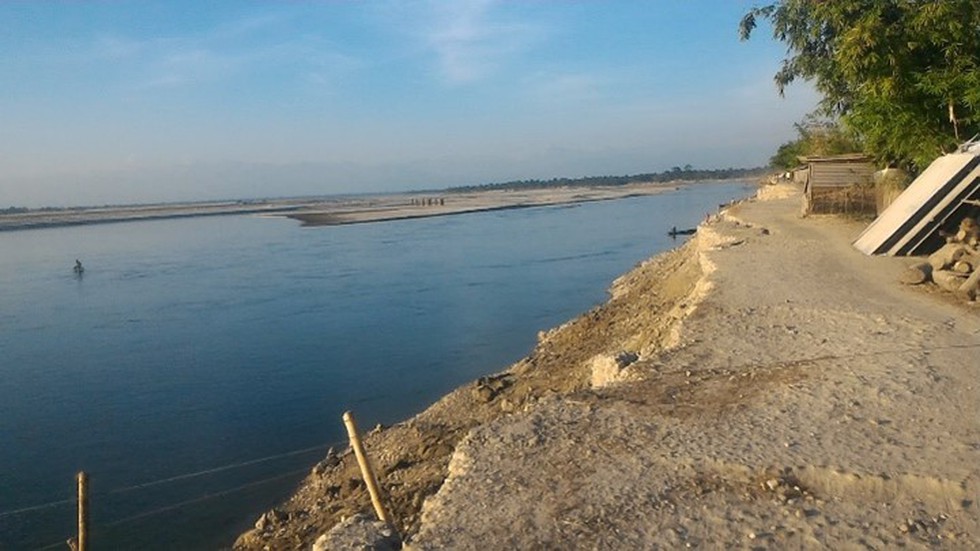
Why in News?
- The water level of the Beki River is flowing above the danger level mark at several places across Assam.
About Beki River:
- The Beki river originates in Bhutan, and it is one of the right bank tributaries of the Brahmaputra river.
- This river is also known as the Kurisu river in Bhutan.
- A large portion of the Beki river flows in the state of Assam and ultimately mix with Bay of Bengal.
- It flows through the Manas National Park.
- The river and its drainage channels flow through the plains of Assam for about 85 km and drain an area of 26,243 sq. km. approximately.
- Beki river is rich in bio-diversities. It is the home of a variety of food fishes’ species, ornamental fishes’ species, amphibians, reptiles, birds, insects etc.
- Discharging a huge amount of water every year, the river turns dangerous during monsoon season.
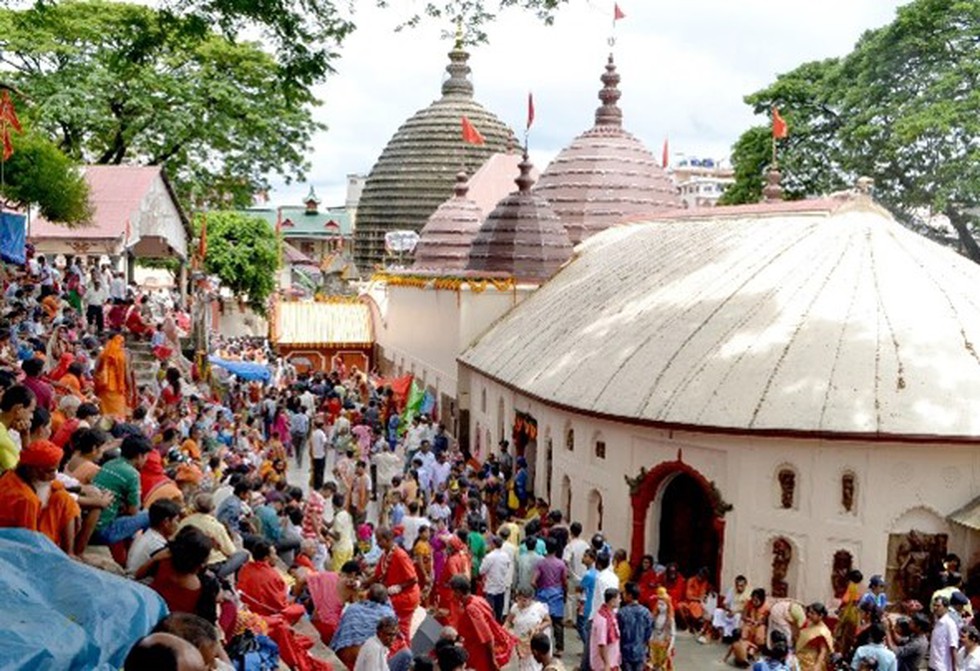
About Ambubachi Mela:
- Where: It is an annual Hindu fair held at the historic Kamakhya Temple.
- When: It is celebrated during the monsoon season that happens to fall during the Assamese month Ahaar, around the middle of June.
- Occasion: It is the celebration of the yearly menstruation course of goddess Maa Kamakhya.
- Other names: This mela is also known as Ameti or Tantric fertility festival since it is closely associated with Tantric Shakti cult prevalent in eastern parts of India.
Key facts about Kamakhya temple:
- Location: It is situated on Nilachal Hill and adjoining the southern bank of the Brahmaputra River in Guwahati,
- It is one of the most revered centres of Tantric practices.
- It is regarded as one of the oldest of the 51 Shakti Peethas in India.
- Temple Architecture:
- It had been modelled out of a combination of two different styles namely, the traditional nagara or North Indian and Saracenic or Mughal style of architecture.
- This unusual combination has been named the Nilachala Style of Architecture.
- This is the only temple of Assam having a fully developed ground plan.
- It consists of five chambers, garbhagriha or sanctuary, antarala or vestibule, Jagan Mohan or principal chamber, bhogmandir or ritual chamber and natmandir or opera hall for performing traditional dance and music associated with sukti temples.
- It is interesting to note that the superstructure of each of the above chambers exhibits different architectural features.
- While the main temple contains a modified Saracenic dome, the antarala carries a two-roofed design, the bhogmandir (also called pancharatna) with five domes similar in appearance to the main temple and the natmandir having a shell-roof with apsidal end similar to some of the impermanent namghars or prayer halls found in Assam.
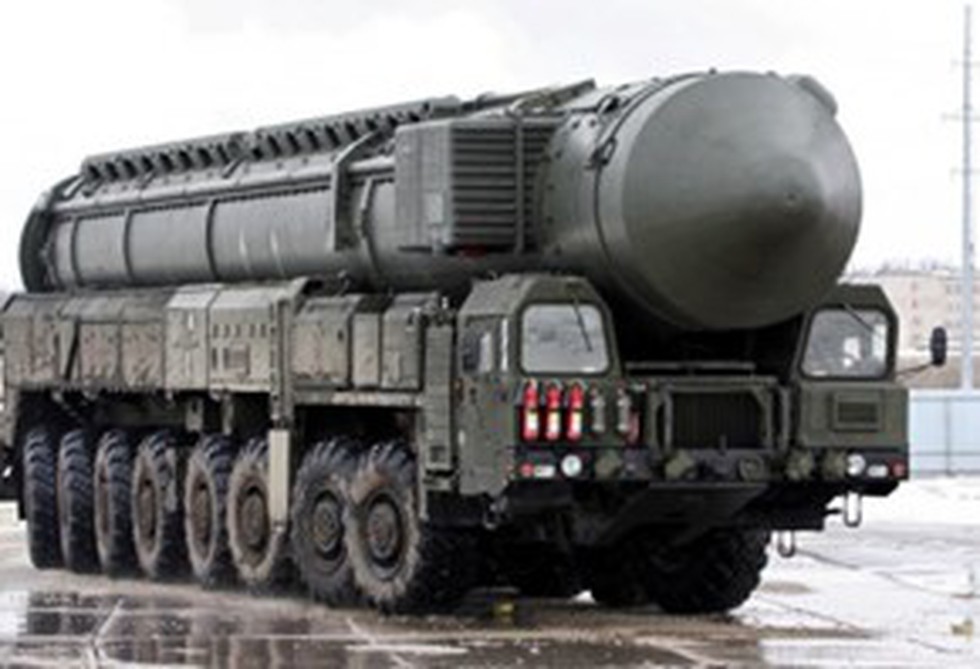
About Sarmat Missile:
- The RS-28 Sarmat is Russia’s new generation intercontinental ballistic missiles.
- It is named after the Sarmatian people of the fourth and fifth century BC. It has also been referred to in the West as the "Satan II".
- It is capable of carrying 10 or more nuclear warheads.
- It is designed and built by the Makeyev Rocket Design Bureau, Russia.
- Features:
- It has a range of about 18,000 kilometres.
- It can travel at a maximum speed of 25,500kph.
- Propulsion: Three-stage, liquid-fuelled
- Launch weight: 208,100 kg
- It can carry a 10-ton payload and can load a wide variety of warhead options.
- Sarmat can reportedly load up to 10 large warheads, 16 smaller ones, a combination of warheads and countermeasures, or hypersonic boost-glide vehicles
- While the RS-28 Sarmat can be launched much like a regular ICBM, it is thought to be also capable of what is called fractional orbital bombardment.
- A fractional orbital bombardment means firing an ICBM into a low orbit of the Earth – much lower than a conventional firing – potentially in the opposite direction to the target.
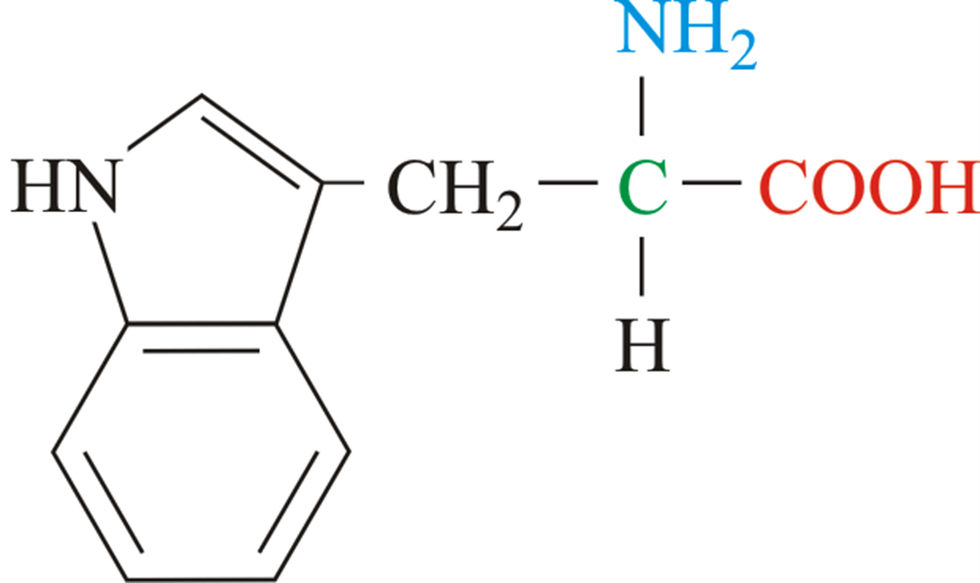
About Tryptophan:
- It is an amino acid needed for normal growth in infants and for the production and maintenance of the body's proteins, muscles, enzymes, and neurotransmitters.
- It is an essential amino acid. This means your body cannot produce it, so you must get it from your diet.
- Functions:
- The body uses tryptophan to help make melatonin and serotonin.
- Melatonin helps regulate the sleep-wake cycle, and serotonin is thought to help regulate appetite, sleep, mood, and pain.
- The liver can also use tryptophan to produce niacin (vitamin B3), which is needed for energy metabolism and DNA production.
- Tryptophan has been used in alternative medicine as a possibly effective aid in treating symptoms of premenstrual dysphoric disorder syndrome (such as mood swings and irritability), and to help people quit smoking.
- Food Sources: Tryptophan can be found in
- Cheese
- Chicken
- Egg whites
- Fish
- Milk
- Sunflower seeds
- Peanuts
- Pumpkin seeds
- Sesame seeds
- Soy beans
- Turkey
What is IC 348?
- It is a 2-million-year-old open star cluster surrounded by a reflection nebula of about 15 light-years across.
- It is located 1028 light-years away from earth in the northern constellation of Perseus, while it is receding from earth at 14km per second.
- It is embedded in the star-forming region called the Perseus molecular cloud.
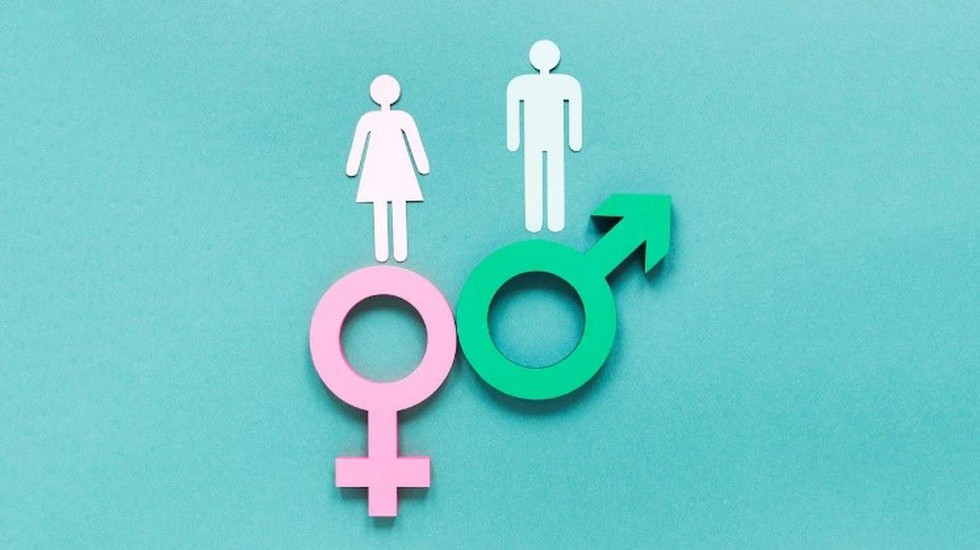
About Global Gender Gap Index:
- Global Gender Gap Report is released annually by the World Economic Forum (WEF) since 2006.
- It measures gender parity in 146 countries and across four areas: economic participation and opportunity, educational attainment, health and survival and political empowerment.
- Highlights of Global Gender Gap Report 2023:
- India was ranked at 127 out of 146 countries in terms of gender parity, an improvement of eight places from last year.
- According to the report, India had attained parity in enrolment across all levels of education.
- India had closed 64.3% of the overall gender gap. However, it underlined that India had reached only 36.7 % parity on economic participation and opportunity.
- On political empowerment, India has registered 25.3% parity, with women representing 15.1% of parliamentarians — the highest for the country since the inaugural report in 2006.
- The index ranked India’s neighbours Pakistan at 142, Bangladesh at 59, China at 107, Nepal at 116, Sri Lanka at 115 and Bhutan at 103.
- Iceland is the most gender-equal country in the world for the 14th consecutive year and the only one to have closed more than 90% of its gender gap.
- Overall, the Southern Asian region has achieved 63.4% gender parity, the second-lowest of the eight regions.
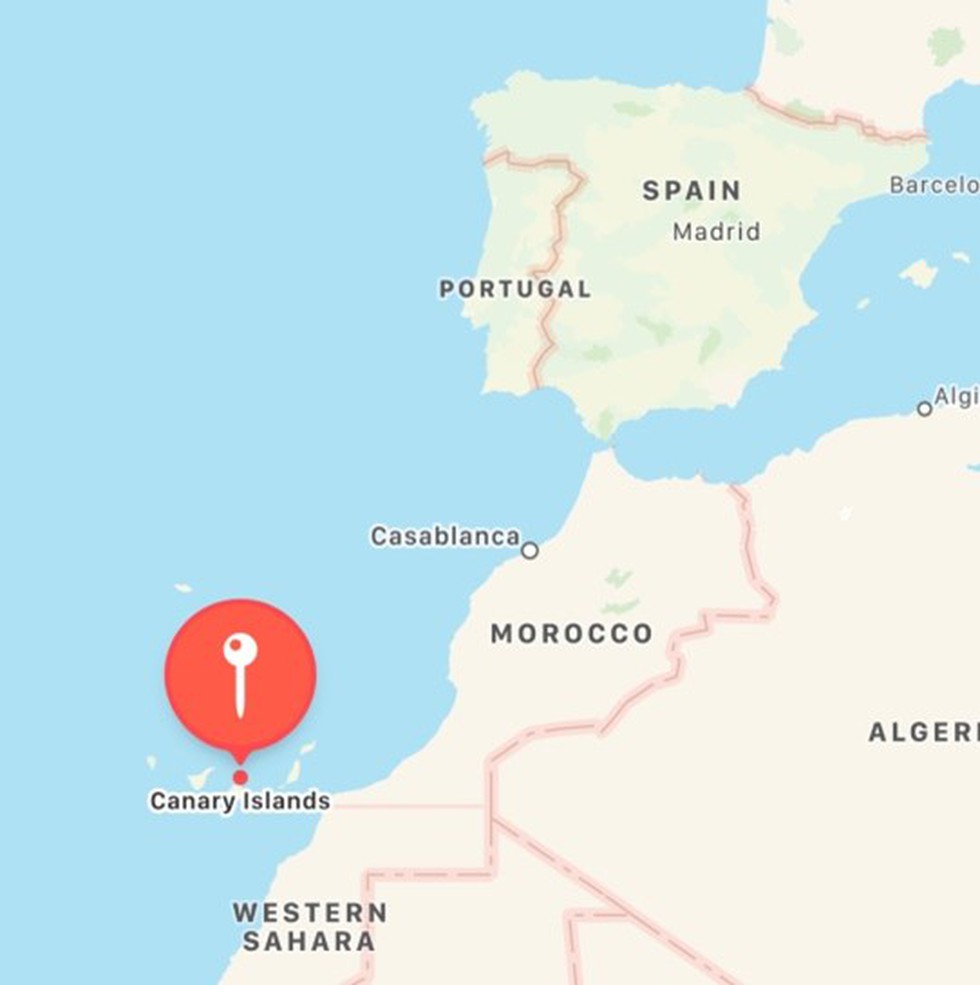
About Canary Island:
- It is an archipelago located in the Atlantic Ocean
- It is about 1300 km South of mainland Spain and 115 km West of the African coast (Morocco).
- The Canaries comprise the Spanish provincias (provinces) of Las Palmas and Santa Cruz de Tenerife.
- These Islands were formed by volcanic eruptions millions of years ago.
- Climatic condition: They have a subtropical climate. Temperatures are warm and show little seasonal variation.
- It has rich volcanic soils and mild temperatures that support a wide variety of vegetation that generally follows a zonal arrangement based on elevation.
What is an archipelago?
- An archipelago is a term used to describe a group or chain of islands that are closely scattered in a body of water, such as a sea, ocean, lake, or river.
- These islands are typically formed through geological processes such as volcanic activity, tectonic movements, or the accumulation of sediment.
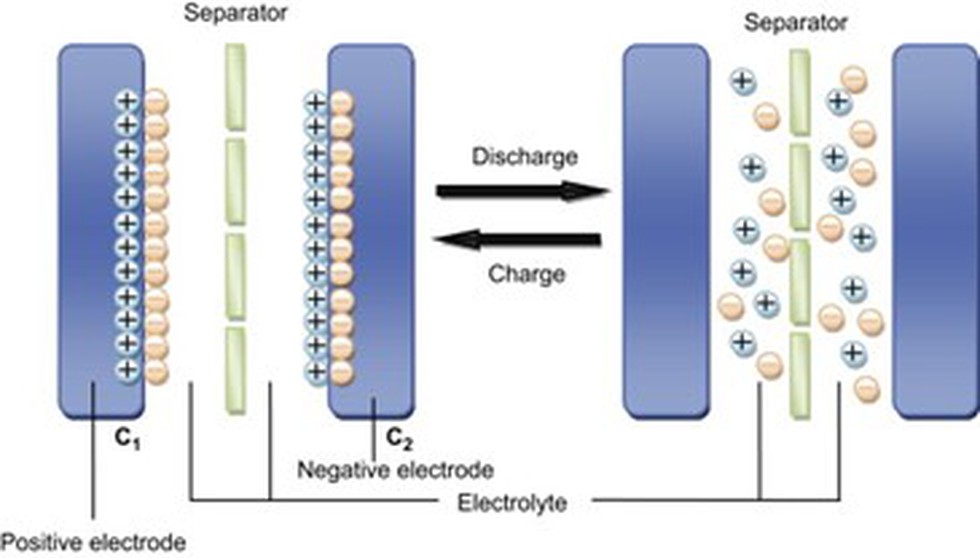
About Biodegradable Supercapacitor:
- A supercapacitor is an electrochemical charge storage device with a fast charging/discharging cycle, high power density and a longer lifecycle.
- Features
- This supercapacitor which can fully charge a device within 10 seconds, has been developed from seaweed (marine macroalgae).
- The device is of high tensile strength and performance, as well as cost-effective, according to the researchers.
- The product can be used in electronics, memory backup systems, airbags, heavy machines, electric vehicles, etc.; hence, it holds a huge business prospect.
What is Seaweed?
- Seaweeds are macroalgae attached to rock or other substrata and are found in coastal areas.
- They are classified as Chlorophyta(green), Rhodophyta (red) and Phaeophyta (brown) based on their pigmentation.
- Among them, Chlorophyta holds more potential components like carbohydrates, lipids, proteins and bioactive compounds in the cell wall.
- Green seaweed has a high amount of a particular type of cellulose in its cell wall.
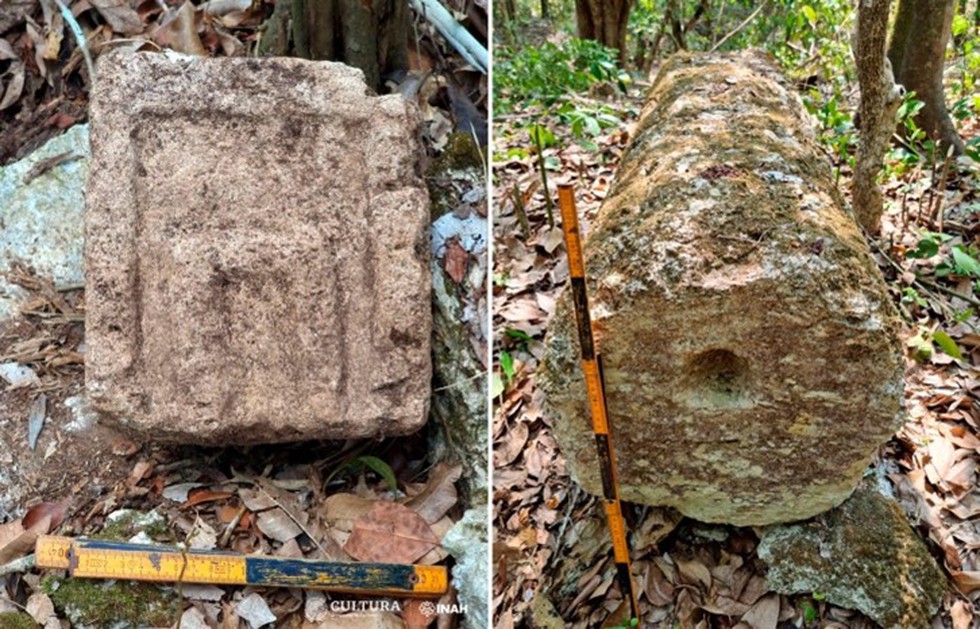
About Ancient Maya city:
- It is located in the Balamku ecological reserve on the country's Yucatan Peninsula.
- This city has been named Ocomtun - meaning "stone column" in the Yucatec Maya language.
- This would have been an important centre for the peninsula's central lowland region between 250 and 1000 AD.
- The city includes large pyramid-like buildings, stone columns, three plazas with "imposing buildings" and other structures arranged in almost-concentric circles.
- It has a core area located on high ground surrounded by extensive wetlands.
Key Facts about Mayan Civilization
- The Mayans are probably the best-known of the classical civilizations of Mesoamerica.
- Originating in the Yucatán peninsula around 2600 B.C., they rose to prominence around A.D. 250 in present-day southern Mexico, Guatemala, northern Belize and western Honduras.
- Building on the inherited inventions and ideas of earlier civilizations, the Maya developed astronomy, calendrical systems and hieroglyphic writing.
- They were also noted for elaborate and highly decorated ceremonial architecture, including temple pyramids, palaces and observatories, all built without metal tools.
- They were also skilled farmers, clearing large sections of tropical rainforest and, where groundwater was scarce, building sizable underground reservoirs for the storage of rainwater.
Where is Yucatan Peninsula?
- It is a Northeastern projection of Central America which is lying between the Gulf of Mexico to the west and north and the Caribbean Sea to the east.
- The peninsula is almost wholly composed of beds of coralline and porous limestone rocks.
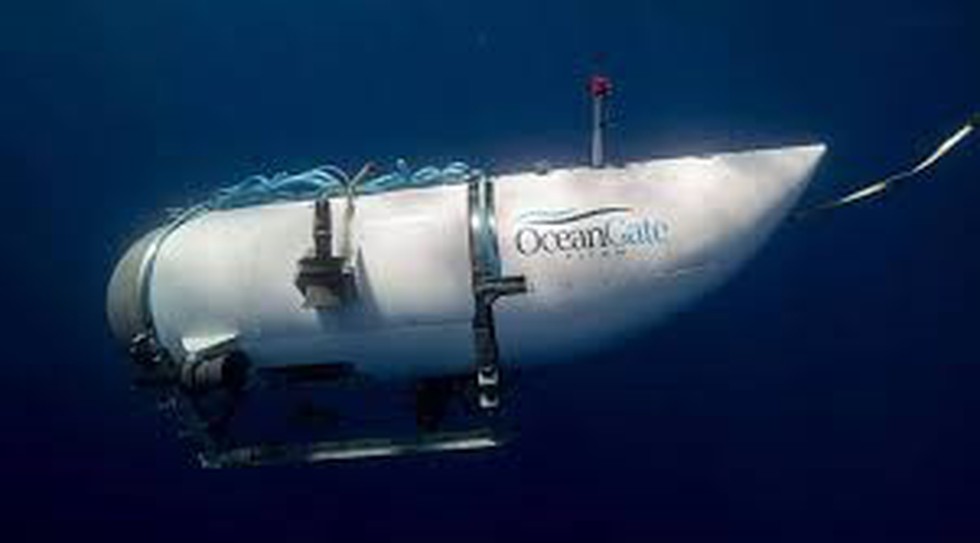
About Titanic tourist submersible:
- What it is? A submersible is a small boat or other craft, designed especially for research and exploration.
- It is more limited in its movement and how long it can stay underwater.
- A submersible needs a mother ship that can launch and recover it.
- These are small, limited-range watercrafts designed for a set mission, that are built with characteristics that allow them to operate in a specific environment
- These vessels are typically able to be fully submerged in water and cruise using their own power supply and air renewal system.
- While some submersibles are remotely operated and essentially manually controlled or programmed robots, these usually operate unmanned.
- Vessels like the missing Titan are known as human-occupied vehicles.
What is a submarine?
- It is a watercraft that is capable of independent operation under the sea.
- It does not require support ships because submarines can renew their air and power supplies independently.
- When the submarine is to dive water is filled in water tanks and it is made heavier.
- As soon as the average density of a submarine becomes greater than the density of seawater it sinks.
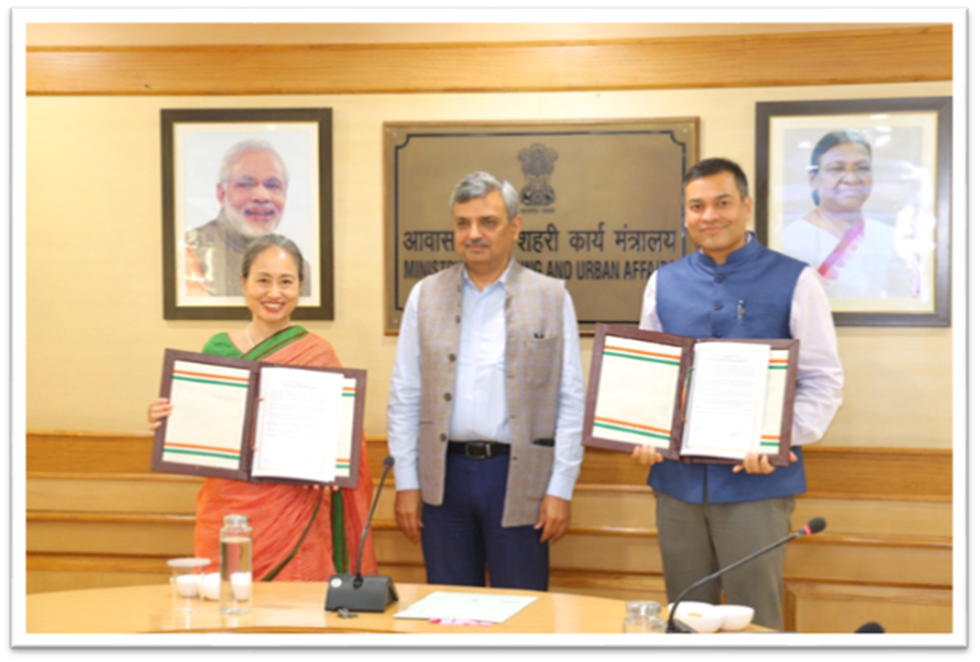
About the UNDP and DAY-NULM Partnership:
- Aim: To empower women to make well-informed career choices in the field of entrepreneurship.
- It will provide support for women looking to start and expand their enterprises such as the care economy, digital economy, electric mobility, waste management, food packaging and more.
- Focused on fostering entrepreneurship development and accelerating enterprise growth.
- Time-Period: It is a three-year project, extendable beyond 2025 which will cover eight cities in the initial phase.
- UNDP will offer national-level capacity-building support to DAY-NULM.
- This support will focus on knowledge generation and management, such as compiling compendiums of best practices related to urban poverty, to enhance the implementation of national-level schemes.
- UNDP will also contribute to the initiative by developing community business mentors called Biz-Sakhis in selected project locations.
- These mentors, who possess valuable business knowledge, can support new and existing enterprises, and serve as a resource for DAY-NULM at a later stage.
Key facts about the DAY-NULM
- It is a flagship mission under the Union Ministry of Housing and Urban Affairs.
- It has the aim to uplift the urban poor by enhancing sustainable livelihood opportunities through skill development.
- Funding: It will be shared between the Centre and the States in the ratio of 75:25. For North Eastern and Special Categories – the ratio will be 90:10.


.png)
.png)
.png)
























































































































































.png)
.png)
.png)
.png)
.png)


.png)
.png)
.png)





.png)
.png)






.png)
.png)
.png)
.png)
.png)
.png)
.png)
.png)
.png)

.png)







.png)
.png)


.png)
.png)
.png)


.png)

.png)
.png)





.jpg)

.png)
.png)


.png)

.png)
.png)
.png)

.jpg)

.jpg)


.png)

.png)
.png)
.png)
.png)
.png)
.png)
.png)
.png)
.png)
.png)




.png)

.png)





.png)
.png)
.png)
.png)
.png)
.png)
.png)
.png)
.png)
.png)
.jpg)
.jpg)

.png)
.png)
.png)
.png)
.png)
.png)
.png)
.png)
.png)
.png)
.png)
.png)
.png)
.png)
.png)
.png)
.png)
.png)
.png)



.png)
.png)

.jpg)
.jpg)


.jpg)
.jpg)
.jpg)
.jpg)
.jpg)

.jpg)








.jpg)
.jpg)
.jpg)
.jpg)
.jpg)

















.jpg)
.jpg)







.jpg)


















.jpg)
.jpg)






























































































.jpg)
.jpg)


























.jpg)

.jpg)










.jpg)








.jpg)




.jpg)










.jpg)


















.jpg)












































.jpg)














.jpg)
.jpg)
.jpg)





.jpg)

.jpg)
.jpg)





































































.jpg)


































.jpg)
.jpg)
















































.jpg)












.jpg)


.jpg)




.jpg)
.jpg)
.jpg)

.jpg)
.jpg)
.jpg)
.jpg)

.jpg)
.jpg)
.jpg)

.jpg)
.jpg)
.jpg)
.jpg)
.jpg)
.jpg)
.jpg)
.jpg)

.jpg)


.jpg)
.jpg)
.jpg)
.jpg)
.jpg)
.jpg)
.jpg)
.jpg)
.jpg)
.jpg)











.jpg)
.jpg)





.jpg)
.jpg)
.jpg)
























.jpg)
























.jpg)









.jpg)
.jpg)







.jpg)
.jpg)









































.jpg)
.jpg)
.jpg)
.jpg)
.jpg)

.jpg)
.jpg)
.jpg)
.jpg)
.jpg)


.jpg)
.jpg)
.jpg)
.jpg)
.jpg)

.jpg)
.jpg)
.jpg)
.jpg)
.jpg)
.jpg)
.jpg)
.jpg)
.jpg)
.jpg)
.png)

.png)
.png)

.png)
.png)
.png)
.png)


.jpg)
.jpg)

.jpg)
.jpg)
.jpg)

.png)
.png)
.png)
.png)
.png)
.png)
.png)

.png)
.png)
.png)
.png)
.png)
.png)
.png)
.png)
.png)
.png)





































































-min.png)



.png)




.png)








































